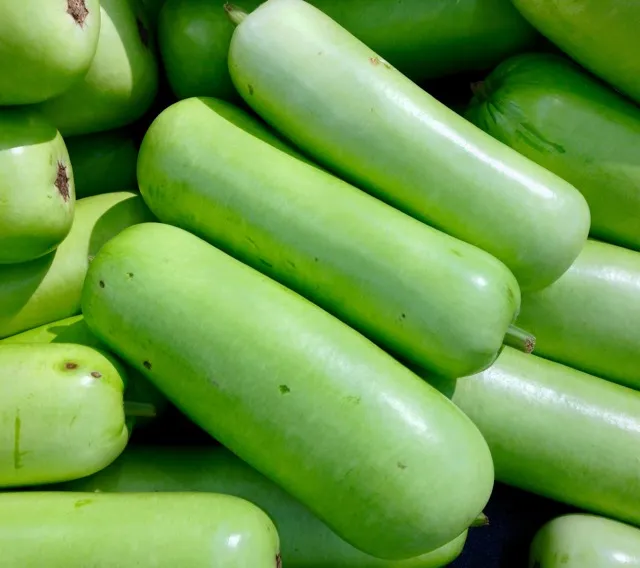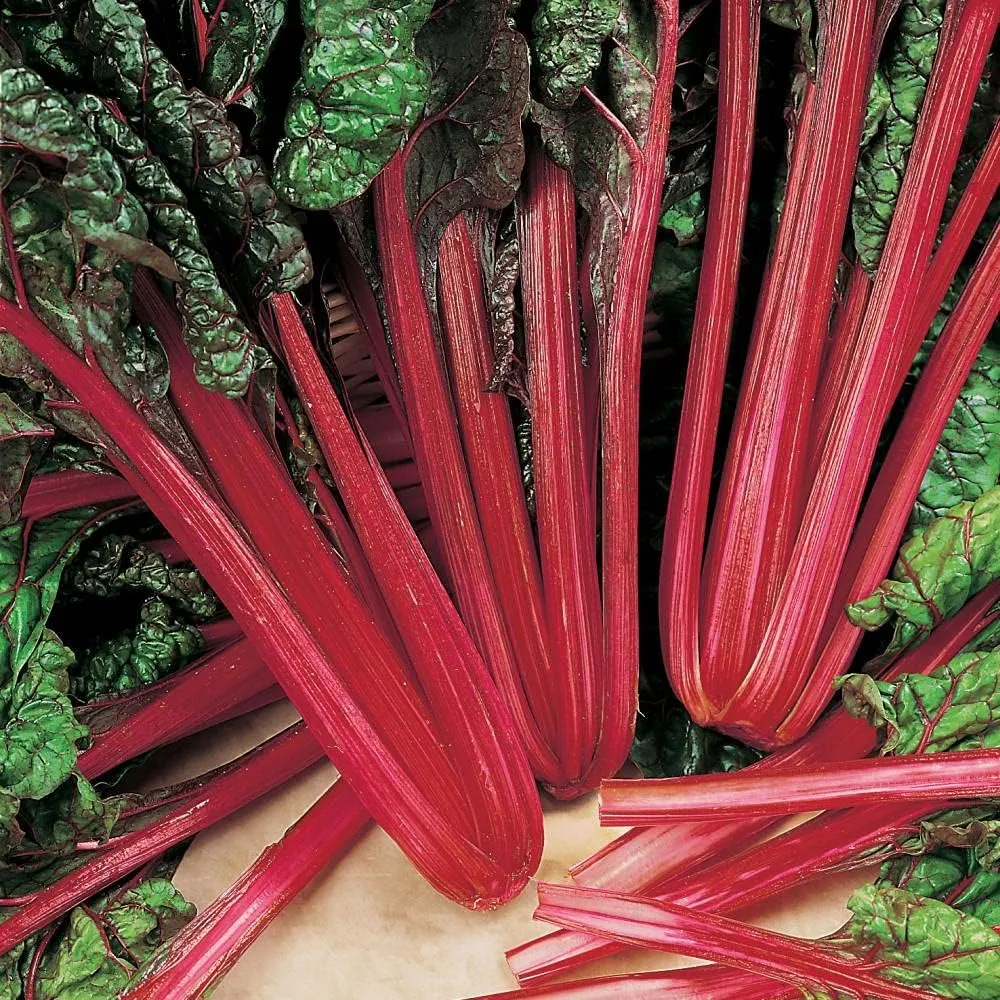Table of Contents
Turnips: A Comprehensive Guide to Varieties, Cultivation, Nutrition, and Culinary Uses
Introduction
Turnips (Brassica rapa subsp. rapa) are a versatile root vegetable belonging to the Brassicaceae family, cultivated for their edible roots and nutrient-rich greens. With a history spanning over 3,000 years, turnips thrive in cool climates and are celebrated for their adaptability in global cuisines. This article explores their varieties, cultivation, health benefits, and culinary applications.
Global Varieties & Colors
Turnips come in diverse shapes, sizes, and colors:
- Purple-Top Turnip: Classic variety with a purple-tinged upper root and white base; mildly peppery.
- White Globe: Smooth, all-white root; tender and sweet.
- Hakurei (Japanese Turnip): Small, round, and crisp with a sweet, fruity flavor; no need to peel.
- Golden Turnip: Yellow-fleshed variety with a milder taste.
- Scarlet Queen: Red-skinned turnip with white flesh; visually striking.
Leaf Varieties: Some cultivars, like Seven Top, are grown primarily for their greens.
Sensory Profile
- Smell: Earthy and slightly mustard-like due to glucosinolates (sulfur compounds).
- Flavor: Peppery when raw, mellowing to sweet and nutty when cooked.
- Papain Note: Turnips do not contain papain (an enzyme from papayas). They do contain myrosinase, an enzyme that activates glucosinolates, linked to anti-cancer properties.
Nutrition & Health Benefits
- Low-Calorie: 28 kcal per 100g.
- Rich in: Vitamin C (35% DV), fiber (2g per 100g), potassium, and antioxidants (glucosinolates, beta-carotene).
- Glycemic Index (GI): ~30–62 (varies by preparation; moderate to low).
Health Benefits:
- Cancer Prevention: Glucosinolates may inhibit tumor growth.
- Bone Health: High in calcium and vitamin K (in greens).
- Digestive Support: Fiber promotes gut health.
Cultivation & Major Producers
- Climate: Prefers cool temperatures (10–20°C/50–68°F); frost-tolerant. Grown in spring or fall.
- Soil: Well-drained, loamy soil with pH 6.0–7.5.
- Top Producers (2023):
- China (largest producer).
- Russia (cold-climate staple).
- Canada (exports to the U.S.).
- United States (Wisconsin, New York).
- United Kingdom (traditional in stews).
- Exporters: Canada, Netherlands.
- Importers: U.S., Germany, Japan.
Diseases & Pests:
- Clubroot: Fungal disease causing swollen roots; manage with crop rotation.
- Flea Beetles: Chew holes in leaves; use row covers or neem oil.
Home Farming & ROI
- Planting: Direct-sow seeds ½ inch deep, thin seedlings to 4–6 inches apart. Harvest roots in 6–10 weeks.
- Greens: Harvest leaves young for salads or mature for cooking.
- ROI: Low-cost crop with high yield. A 10x10 ft plot yields ~20–30 lbs; farmers' market prices average $2–3/lb.
Culinary Uses & Storage
- Raw: Shred into slaws or slice thinly for salads (pair with apples or carrots).
- Cooking Methods:
- Roasted: Toss with olive oil and rosemary.
- Mashed: Blend with potatoes for a low-carb twist.
- Soups/Stews: Adds depth to dishes like Irish stew or Japanese nimono.
- Quick Recipe: Pickled Turnips (thinly slice, brine with vinegar, beet juice, and garlic).
- Greens: Sauté with garlic or add to soups.
Storage Tips:
- Roots: Store in a cool, dark place (1–4°C/34–40°F) for 2–3 months.
- Freezing: Blanch cubed roots for 2–3 minutes, then freeze.
- Greens: Refrigerate in a damp cloth for up to 5 days.
Byproducts & Innovations
- Turnip Greens: Sold separately as a nutrient powerhouse (more calcium than milk).
- Turnip Flour: Gluten-free alternative for baking.
- Fermented Turnips: Korean kkakdugi (radish-style kimchi) or German Sauerrüben.
- Livestock Feed: Low-grade roots and tops used for cattle or poultry.
Conclusion
Turnips are a dual-purpose crop, offering nutritious roots and greens with minimal cultivation demands. From the peppery Hakurei in Asian stir-fries to the hearty purple-top in European stews, their global culinary footprint is vast. Home gardeners and commercial farmers alike benefit from their quick growth and versatility, making turnips a sustainable choice for diverse diets.
Further Exploration: Try Hakurei turnips raw with dip, or roast golden turnips with honey for a caramelized treat. 🌱








